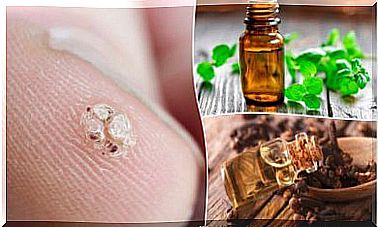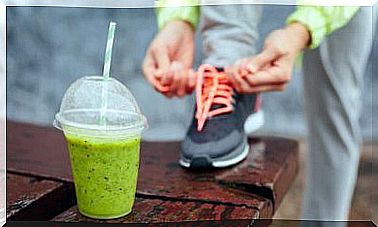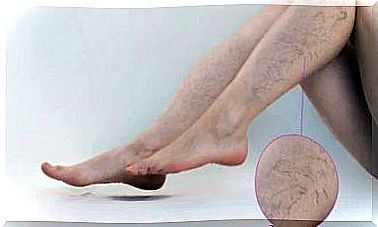What Is Liquid Biopsy? Features And Benefits
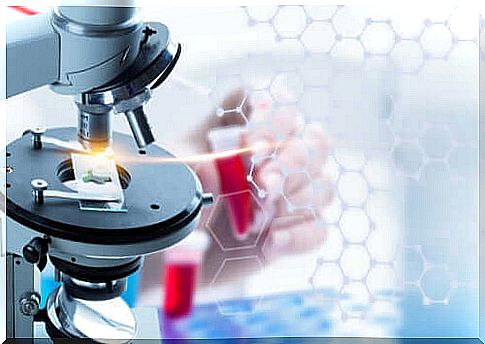
In today’s article, we will explain what a liquid biopsy is. This is a way to characterize tumors. Some people call it the “blood-based biomarker test.” Until recently, the only way to determine the type of tumor present in a patient’s body was by tissue biopsy. But this test has several limitations, which led to the invention of liquid biopsy, a new and less invasive method.
Liquid biopsy searches for, quantifies, and characterizes tumor cells, as well as nuclear or tumor DNA circulating in the blood of patients with certain types of cancer. Its main role is to count tumor cells to predict the chances of survival. The more such cells the patient has, the gloomier the prognosis is. This method is useful in cases of breast, prostate, colon, rectal and lung cancer, among others.
Any biological fluid (blood, urine, pleural fluid) can be subjected to a liquid biopsy. These fluids may contain biomarkers that, as with tissue biopsy, indicate the tissues that produced them.
Limitations of tissue biopsy
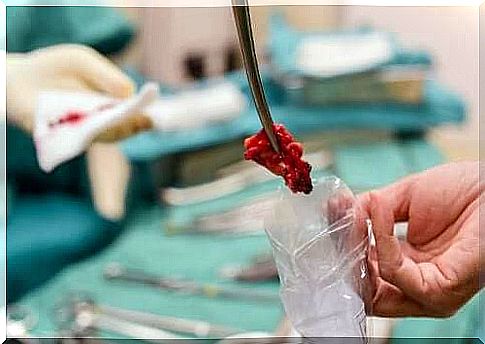
As mentioned earlier, although it is one of the best ways to characterize tumors, tissue biopsy has some limitations. First, it requires a tissue sample. Therefore, it is an invasive method that involves inconvenient surgery for the patient.
Like any surgery, tissue biopsy may not be an option for patients in sensitive situations or with advanced forms of disease. In addition, the tissue selected for biopsy may not be the most appropriate. It can also take several days for the results to be known.
Tissue biopsy allows doctors to find out the mutational state of the tumor only at a specific time. In order to follow the evolution of the disease, the patient must undergo multiple interventions. If the sample was collected a long time ago, when the disease was in another stage, tissue biopsy is not the best option to determine the patient’s treatment.
Last but not least, depending on the location of the tumor, a tissue biopsy is not always possible. In this case, liquid biopsy becomes the main method of diagnosis.
What is liquid biopsy and what are the benefits?
Liquid biopsy can detect mutations in certain tumors in a way that is convenient and safe for both the patient and the oncologist. At the same time, it can identify mutations in tumor DNA in the blood.
Liquid biopsy is much less invasive than tissue biopsy. To perform it, the doctor only needs a blood sample, which he will undergo advanced and ultra-sensitive analytical techniques, such as BEAMing.
Because it only involves collecting a blood sample, the liquid biopsy can be performed without causing the patient a deficiency. In addition, it is much more affordable compared to the tissue alternative. Therefore, the doctor can obtain data about the disease in real time.
A final advantage of liquid biopsy is that it provides a representative image of the entire tumor, not just part of it. Also, the liquid biopsy allows the monitoring in time of the disease, which is impossible in the case of traditional biopsies.
In which situations are liquid biopsies recommended?
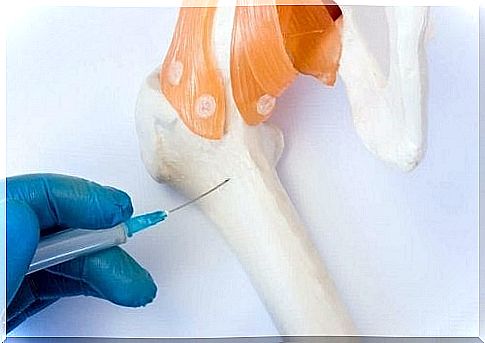
Liquid biopsy is ideal when the doctor fails to get enough tissue for a traditional biopsy. This is also indicated when the tumor is located in a hard-to-reach place, such as:
- brains
- The bones
- lungs
In addition, doctors may recommend a liquid biopsy if the patient does not respond to treatment or refuses to undergo a tissue biopsy.
conclusions
Liquid biopsy is a very useful method, which can replace tissue biopsy, an invasive method. It has many advantages over traditional biopsy, and specialists continue to study it to discover new uses.

